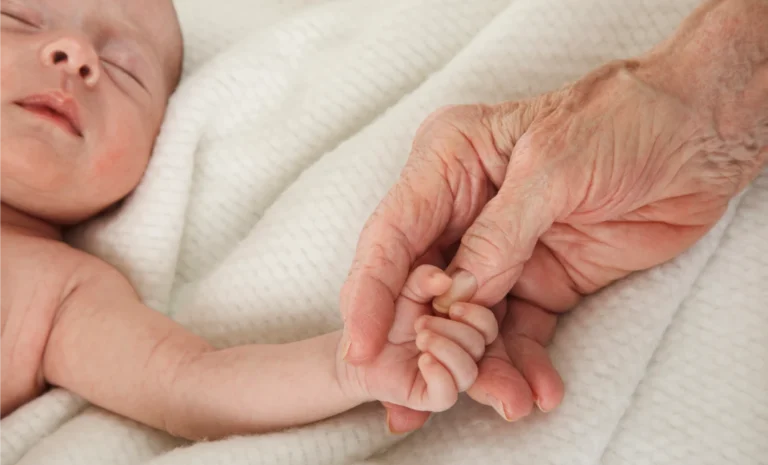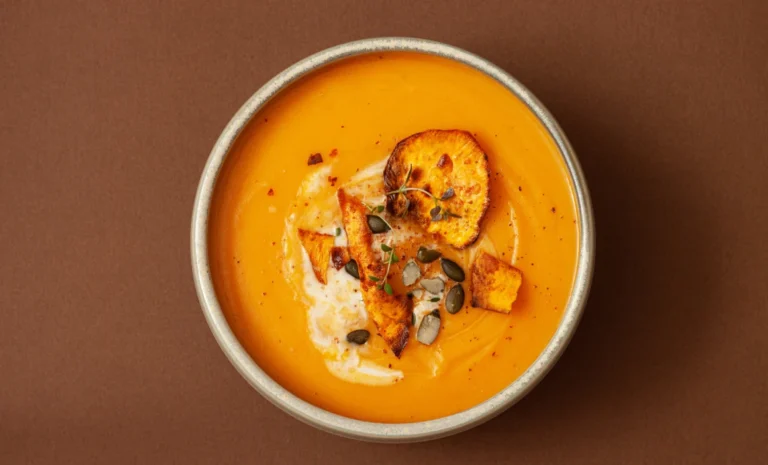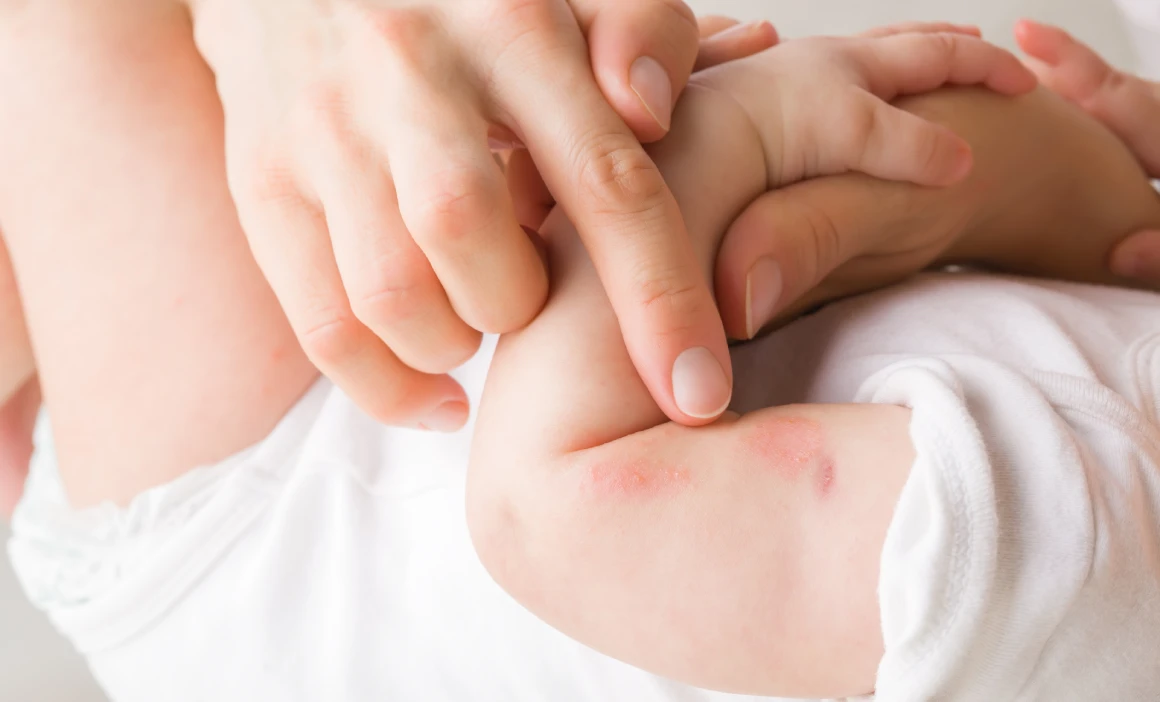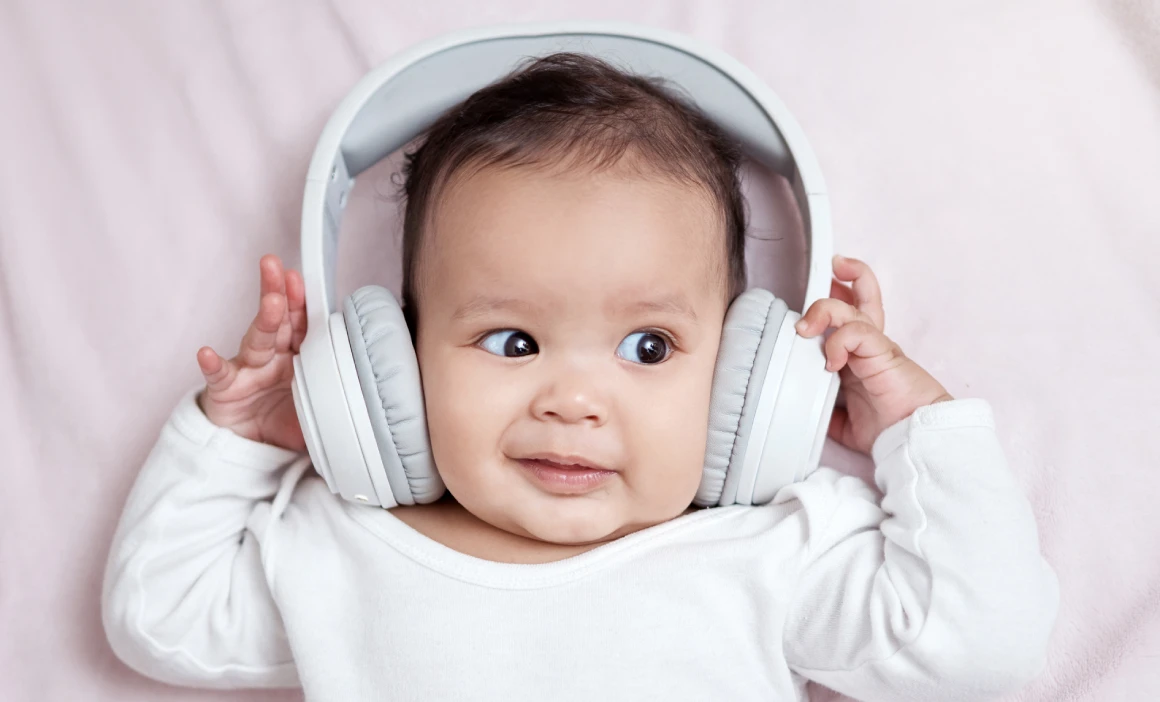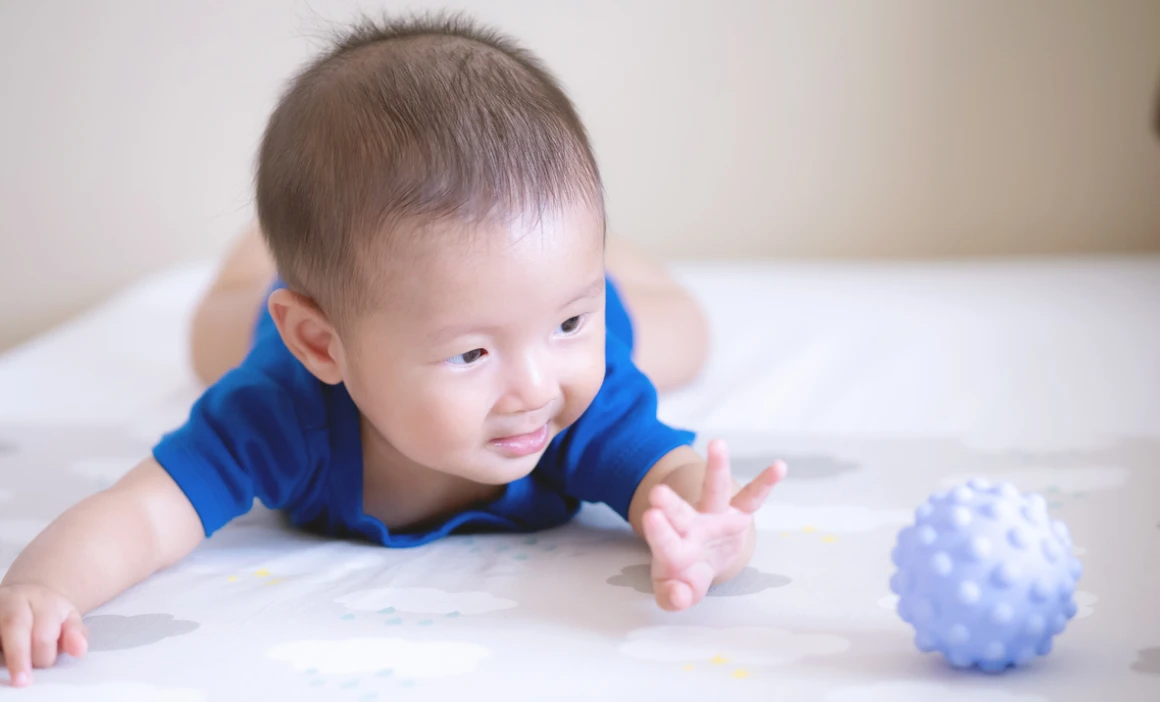
Best Toys for Newborns: Playtime for Development, Entertainment, and Growth

Cradle of Nutrition
- 5 minutes read
Selecting the best toys for your newborn can be exciting but also challenging, as you want to choose ones that support both fun and development. Understanding how babies develop in their first year can help you select toys that not only entertain but also support their physical, cognitive, and sensory growth. From sensory stimulation to motor skill development, here’s a comprehensive guide on the best toys for babies at each developmental stage.
0-3 Months: Sensory Exploration and Bonding
In the first three months, babies are still adjusting to the world around them. Their vision and motor skills are developing rapidly, and they begin to explore through their senses—touch, sight, and sound.
Best Toys for 0-3 Months
1. High-Contrast Toys
- Why They Work: Newborns are drawn to high-contrast colors like black, white, and red. These toys help babies focus and track objects, which is essential for their visual development. An article by Kylie Rymanowicz published in Michigan State University Extension (2014-12-18) discusses how you can support your baby’s vision development through various activities and toys.
- Examples: High-contrast cards, black-and-white soft books, or soft toys with bold patterns.
2. Soft Rattles and Sound Toys
- Why They Work: Babies are fascinated by sound. A simple rattle or squeaky toy can capture their attention, helping with auditory development and hand-eye coordination as they learn cause and effect.
- Examples: Soft rattles or plush toys that make noise when shaken.
3. Soft, Plush Toys
- Why They Work: Gentle textures offer tactile stimulation, which is important for developing a baby’s sense of touch. Soft toys also provide comfort and emotional security.
- Examples: Small, cuddly stuffed animals or fabric-based toys.
4. Activity Play Mats and Gyms
- Why They Work: These mats are equipped with hanging toys, mirrors, and textures that stimulate both visual and tactile senses. They also encourage tummy time, an essential activity that helps build neck and shoulder muscles.
- Examples: Play mats with bright colors, toys that hang overhead, and mirrors for self-discovery.
Recommended Activities
- Tummy Time: Babies need tummy time to strengthen their muscles and develop motor skills that will later help with rolling over and crawling. Start with a few minutes a day, gradually increasing as they grow stronger.
- Talking and Singing: Even though newborns can’t understand words, they love hearing the sound of your voice. Singing lullabies or simply talking to them stimulates their auditory development and fosters bonding.
3-6 Months: Enhancing Motor Skills and Interaction
By three months, babies begin to actively reach, grasp, and bat at toys. They’re also becoming more interactive, enjoying the sounds and sights around them.
Best Toys for 3-6 Months
1. Teething Toys
- Why They Work: As teething usually begins around 4-6 months, babies experience discomfort from their emerging teeth. Teething toys help soothe sore gums by providing something safe to chew on.
- Examples: Soft silicone teething rings or cooling teething toys. Pacifier use can help soothe babies during the teething stage.
2. Interactive Rattles
- Why They Work: These toys help babies develop hand-eye coordination. Babies at this stage begin to grasp objects more intentionally, and rattles provide both auditory and visual stimulation.
- Examples: Rattles with easy-to-grip handles and bright, engaging designs.
3. Soft Books
- Why They Work: At this stage, babies are interested in bright colors, textures, and sounds. Soft books with tactile elements help stimulate their sensory development while introducing them to the world of reading.
- Examples: Fabric books with textures, flaps to lift, and bold images.
4. Play Gyms with More Features
- Why They Work: As babies grow stronger, they can interact with more complex toys. Play gyms with toys to bat at or mirrors to look into help develop motor skills and hand-eye coordination.
- Examples: Play gyms with hanging toys, mirrors, and textured surfaces.
Recommended Activities
- Sitting with Support: As your baby approaches 6 months, they’ll begin to sit with support. Providing a safe and supportive environment for them to sit upright while playing helps strengthen their core muscles.
- Games like Peek-a-Boo: This simple game encourages social interaction and helps babies understand the concept of object permanence—when something is hidden, it still exists.
6-12 Months: Active Exploration and Mobility
Between 6-12 months, babies are more mobile, developing the ability to roll, crawl, and even pull themselves up to stand. Toys at this stage help them practice their motor skills and explore their environment.
Best Toys for 6-12 Months
1. Stacking Toys and Building Blocks
- Why They Work: These toys foster cognitive development and fine motor skills. Stacking toys, in particular, help babies understand spatial relationships and hand-eye coordination.
- Examples: Soft stacking rings, wooden blocks, or cups that fit inside each other.
2. Activity Tables
- Why They Work: Activity tables offer a variety of interactive elements like buttons to press, lights, and sounds, which encourage babies to stand and explore while developing balance and coordination.
- Examples: Interactive activity tables with toys to manipulate.
3. Push and Pull Toys
- Why They Work: As babies begin to stand and cruise (move while holding onto furniture), push and pull toys help them practice walking. These toys encourage movement and balance, important for early walking.
- Examples: Push toys like a wooden cart or pull toys with a string.
4. Interactive Books
- Why They Work: At this stage, babies start to engage more actively with books, exploring textures, flaps, and even buttons. Interactive books are a great way to enhance early literacy skills.
- Examples: Books with flaps, textures, or sound buttons.
Recommended Activities
- Crawling and Exploring: Encourage your baby to crawl by placing toys just out of reach. This helps develop coordination and strength for later milestones like walking.
- Cruising Along Furniture: As your baby begins pulling themselves up and cruising along furniture, create safe spaces where they can practice standing and walking with support.
How to Choose the Best Toys for Your Baby
When selecting toys for your newborn, consider the following factors:
- Age Appropriateness: Always choose toys that are suitable for your baby’s developmental stage.
- Safety: Ensure toys are made from non-toxic materials and free from small parts that could be a choking hazard.
- Educational Value: Look for toys that stimulate your baby’s senses and encourage physical and cognitive development.
- Durability: Babies tend to explore toys through mouthing, so choose toys that can withstand frequent washing and chewing.
Playtime that Supports Development
Choosing the right toys for your newborn is not just about entertainment—it’s about supporting their developmental milestones. From sensory toys in the early months to interactive playthings as they grow, each toy can help nurture your baby’s physical, cognitive, and emotional growth. By selecting age-appropriate toys, you’ll provide your baby with the tools they need to explore, learn, and thrive during their first year of life.
By Erika Barabás
Related posts:
- Twelve Months of Wonder: A Closer Look at Your Baby’s First Year of Development
- A Parent’s Loving Touch: How to Support Your Baby’s Development in the First Year
- Dummies (Pacifiers) for Babies: Benefits, Risks, and What Parents Should Know
- The Science of Baby Massage: Benefits for Sleep, Bonding, and Motor Skills

